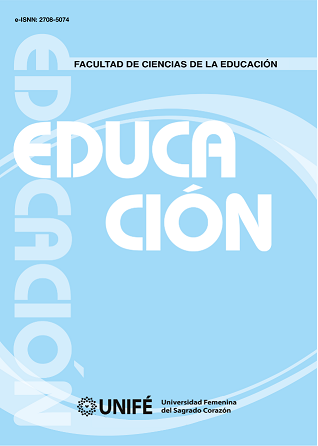Learning disorders in primary education
DOI:
https://doi.org/10.33539/educacion.2018.v24n2.1340Keywords:
Learning and language disorders, neurosciences, TDAH, aphasiasAbstract
There are learning problems in our society and many times these go unnoticed by parents, and end up in the educational failure of our children. In this article, it is concerned about learning disorders in primary education. These problems are not considered diseases, are difficulties which affect around of 10% of child population. Learning problems or disorders are defined such as an unexpected, specific and persistent difficulty for the acquisition of a learning. Language disorders are related to any difficulty or absence in the comprehension, expression or repetition of the language in its different aspects that cause problems in the acquisition of the fellow to the environment and/or a significant rift. These problems are included within the neurodevelopmental disorders, and interfere in learning of academic and/or social skills which often coexist with behavior, moods and/or anxiety problems. In general, these are congenital, and also can arise as a loss of the skill already acquired. The teacher, being one of the most important characters in this educational process of teaching and learning, must be trained and prepared for identifying different types of disorders from the students. Besides, tell whoever has the right and guide the student in the best way possible, in a creative manner, considering the learning rhythms of each student in order to avoid the educational failure. In order to avoid the education failure for a cause of this type of disorders, it is necessary and vital to follow a certain treatment.



